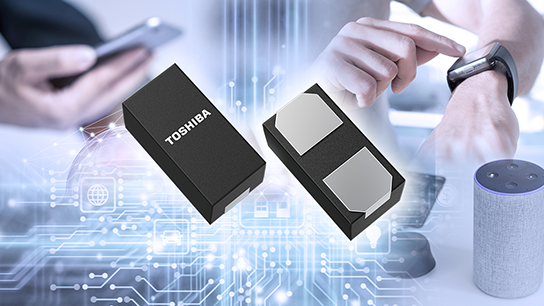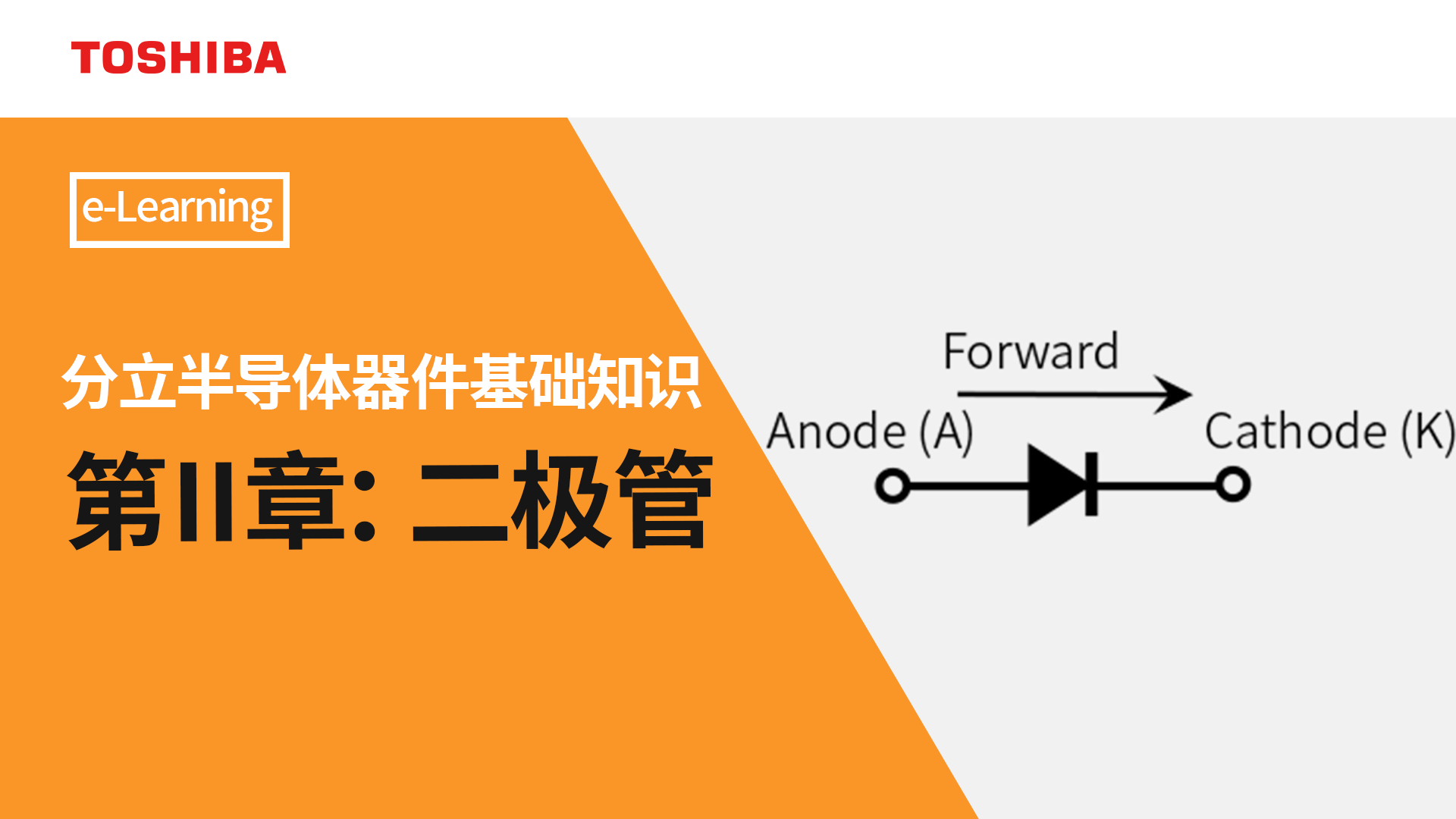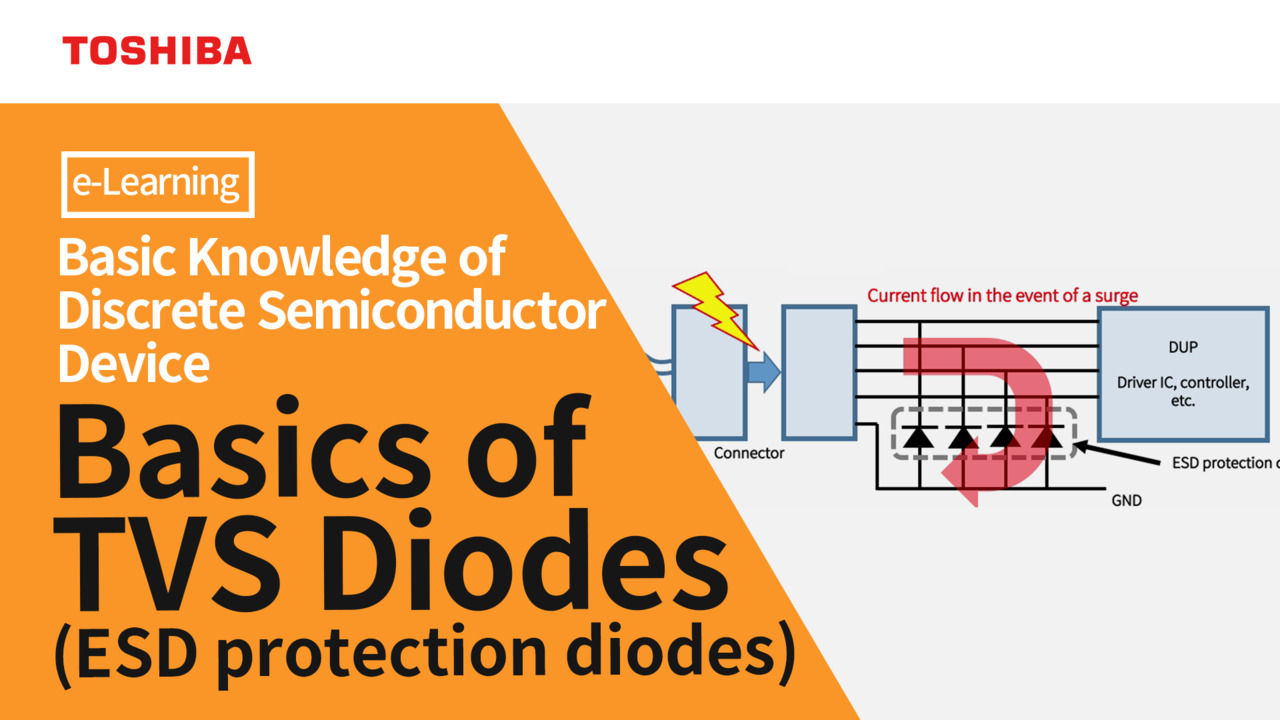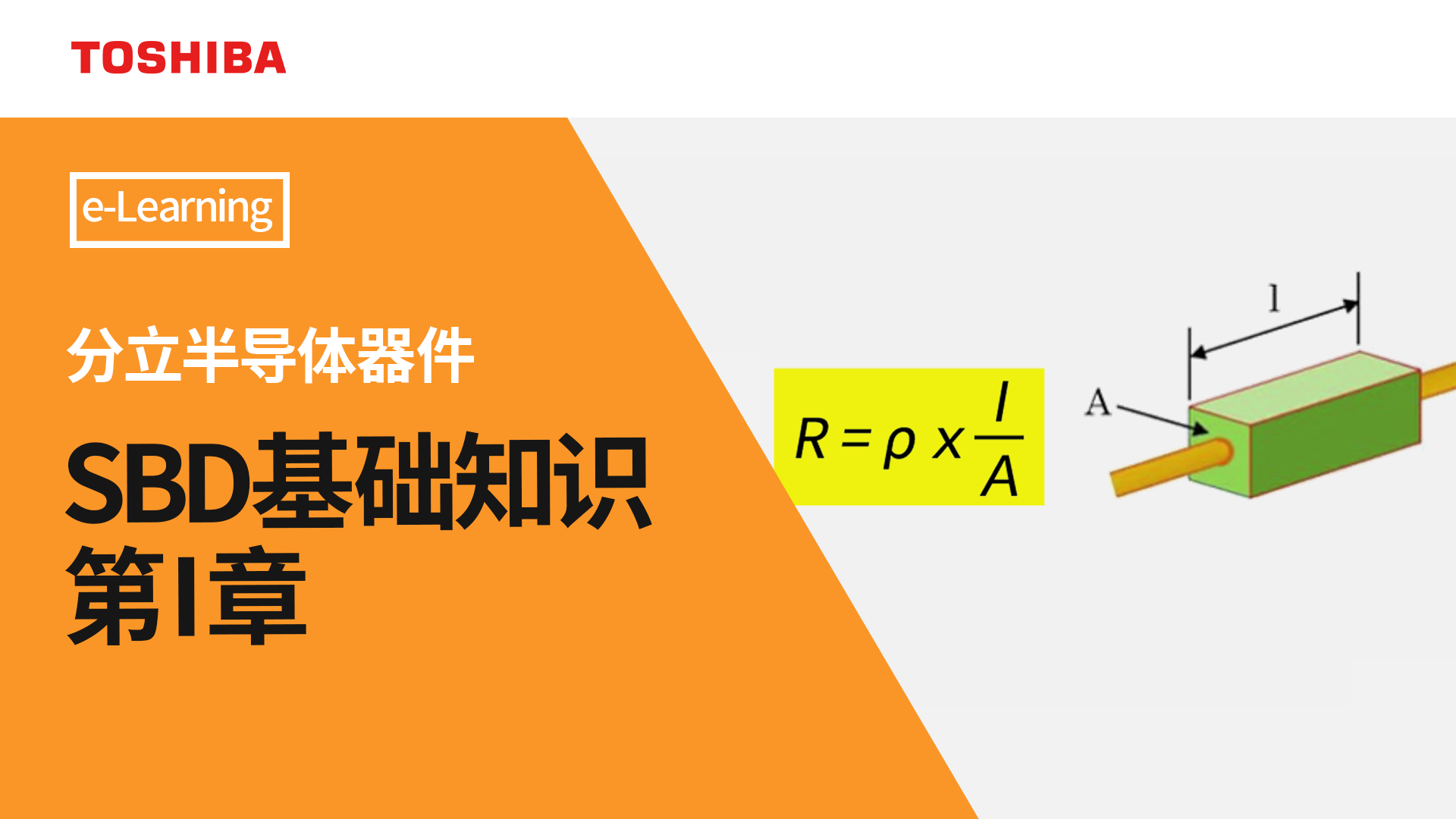- 型号 & 关键词搜索
- 交叉搜索
- 参数搜索
- 库存查询与购买
This webpage doesn't work with Internet Explorer. Please use the latest version of Google Chrome, Microsoft Edge, Mozilla Firefox or Safari.
请输入3个以上字符 Search for multiple part numbers fromhere.
The information presented in this cross reference is based on TOSHIBA's selection criteria and should be treated as a suggestion only. Please carefully review the latest versions of all relevant information on the TOSHIBA products, including without limitation data sheets and validate all operating parameters of the TOSHIBA products to ensure that the suggested TOSHIBA products are truly compatible with your design and application.Please note that this cross reference is based on TOSHIBA's estimate of compatibility with other manufacturers' products, based on other manufacturers' published data, at the time the data was collected.TOSHIBA is not responsible for any incorrect or incomplete information. Information is subject to change at any time without notice.
请输入3个以上字符
什么是肖特基二极管(SBD)?
SBD采用的是半导体与金属(比如钼)之间的结,而不是PN结。由于具有小的正向电压和短的反向恢复时间,它们适用于高速开关应用。
肖特基势垒二极管(SBD)作为一种二极管,在半导体(通常是n型半导体)与金属(例如铂(Pt)、钼(Mo)或钛(Ti))之间形成一个结,但非一个pn结。
SBD专门利用金属的功函数(即从金属表面去除电子所需的能量)与半导体的电子亲和力之间的差异所产生的肖特基势垒。(如为n型半导体,仅当金属的功函数高于n型半导体时,才会产生肖特基势垒。)
SBD的正向电压低于pn结二极管,因为SBD使用势垒低于pn结的金属半导体结。
pn结二极管是一种双极器件,其中电子和空穴均作为供体,而通常由n型半导体和金属组成的SBD是一种单极器件,其中仅电子作为供体。因此,SBD没有因残留少数载流子而产生的反向恢复电荷,使用pn结二极管时需注意此问题。然而,由于端子间存在的静电电容,因此存在反向恢复时间,尽管与pn结二极管相比它较小。
SBD的正向电压低并且反向恢复时间短,因此SBD适用于高速开关应用。
硅SBD只能承受几十伏电压,而一些使用宽禁带(WBG)半导体的SiC SBD的耐压超过600V。

相关连接
关于产品,请参考以下链接。





